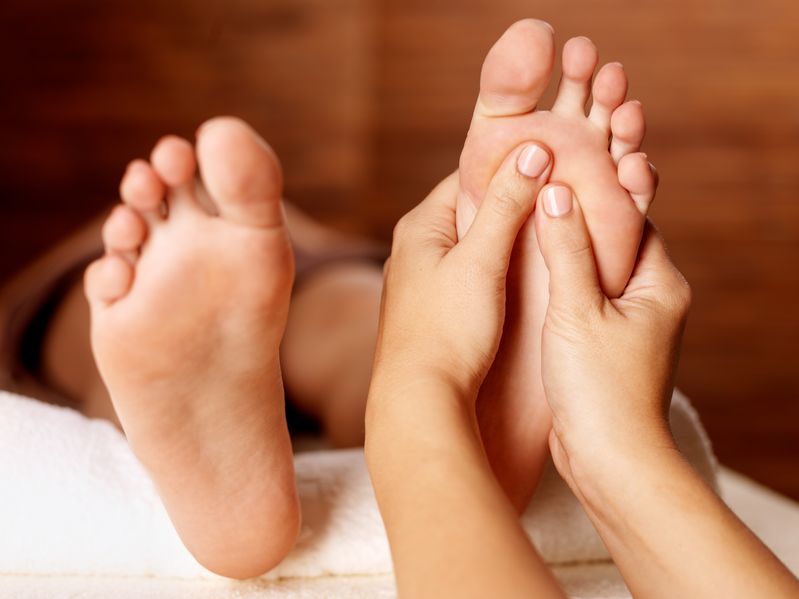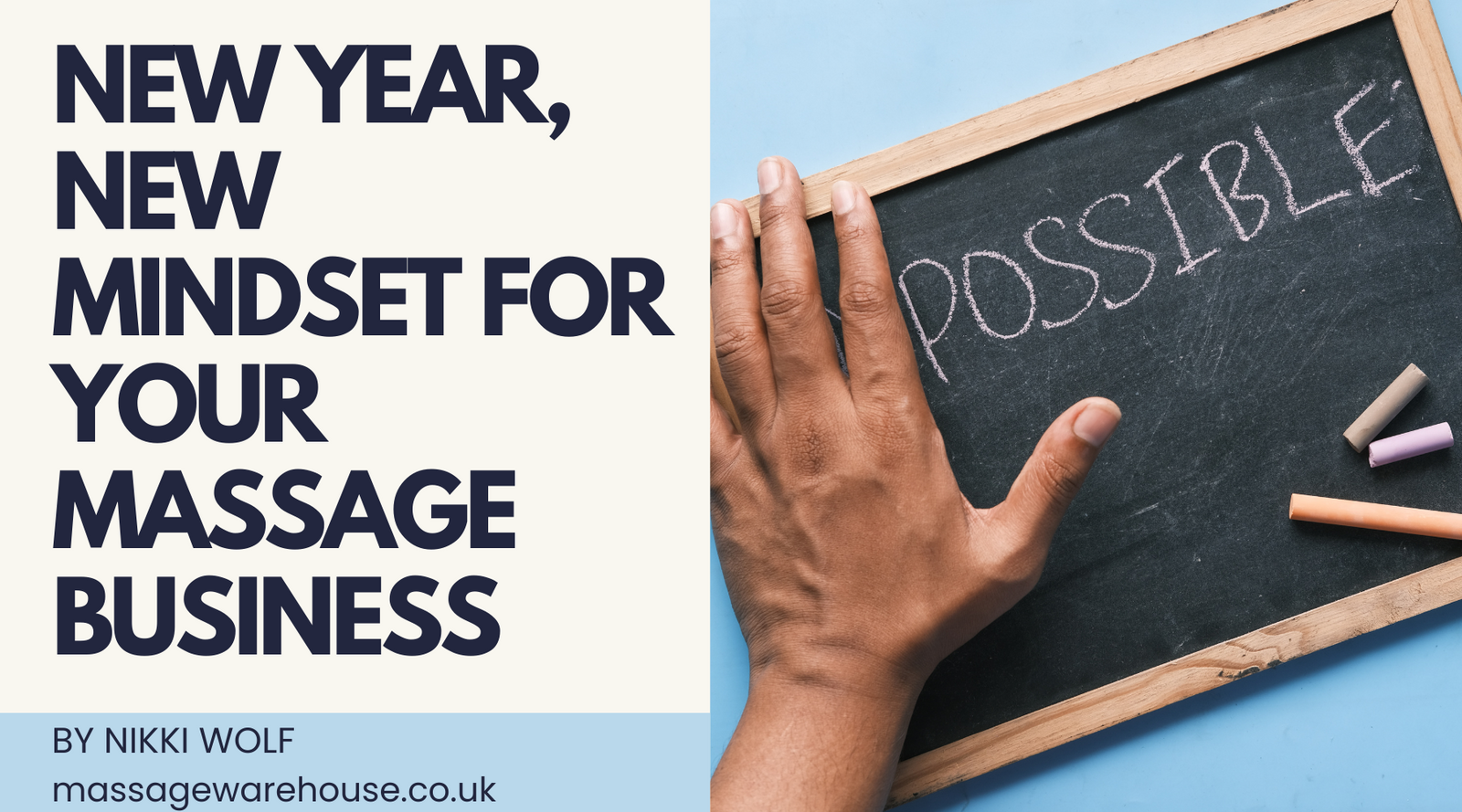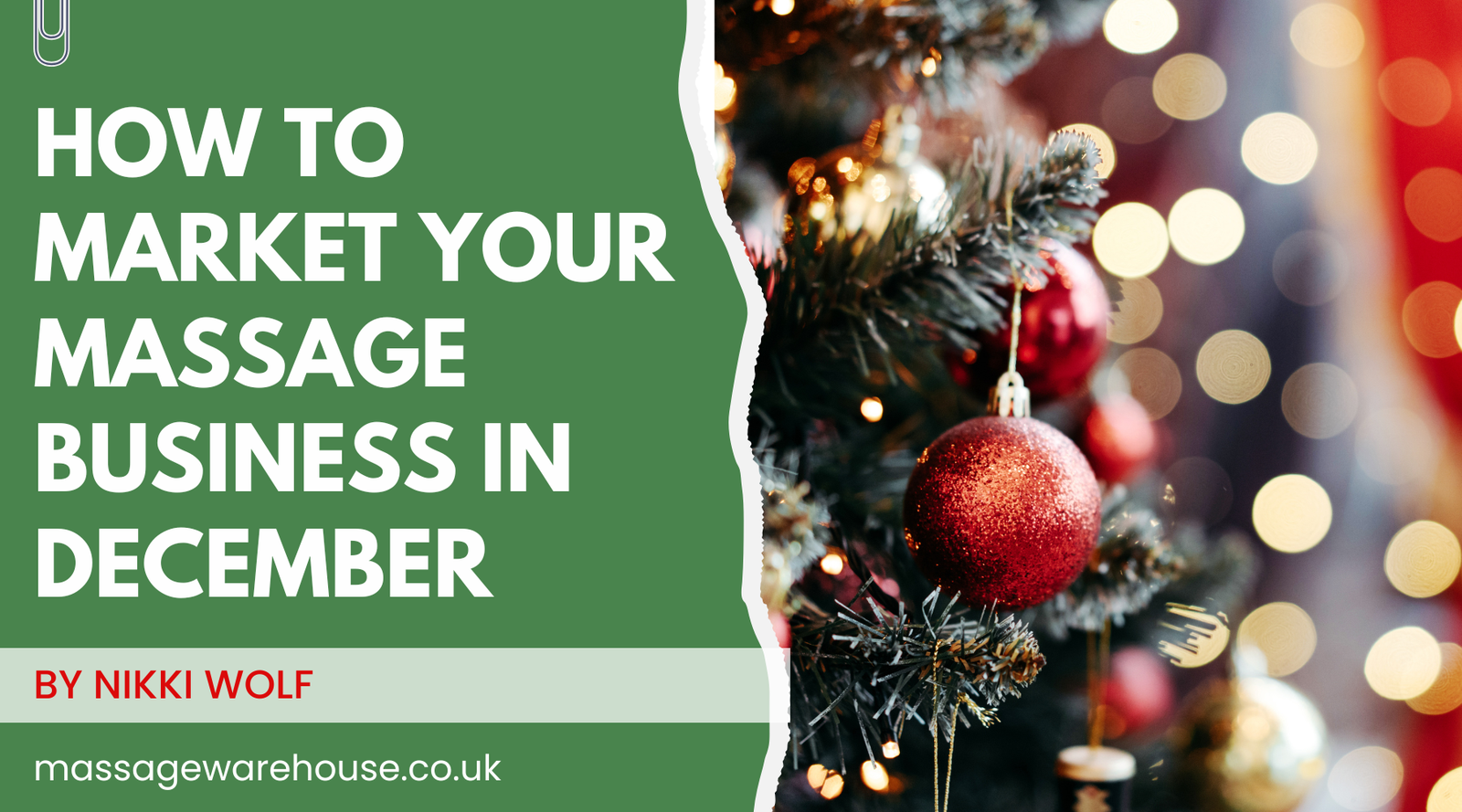Your Cart is Empty
This wax is great, it gives really grip and feel, and a little bit goes a long way. I love the songbird waxes , they are all really good performing, reliable products
Face down equipment arrived quickly and there was always someone available if any help was needed. Recommend this company.
Great quality product, went beyond my expectations. Can be used on a normal mattress and is still firm and comfortable. Highly recommend it!
I already had the portalite classic couch in my main clinic which is great. I looked at the Portalite Oval to replace a large couch in my small therapy room at home..so glad I purchased it. I now have room to get better access whilst treating a client. The size is still good enough but the shape makes all the difference. The home room looks so much more professional too!
I bought one from Spain and it was promptly deliver to me hassle-free.
Nothing beats the comfort and ease of use of this massage couch. Clients often report on how comfortable their experience is, even when lying face down, as many massage couches can cause too much pressure on the face.





